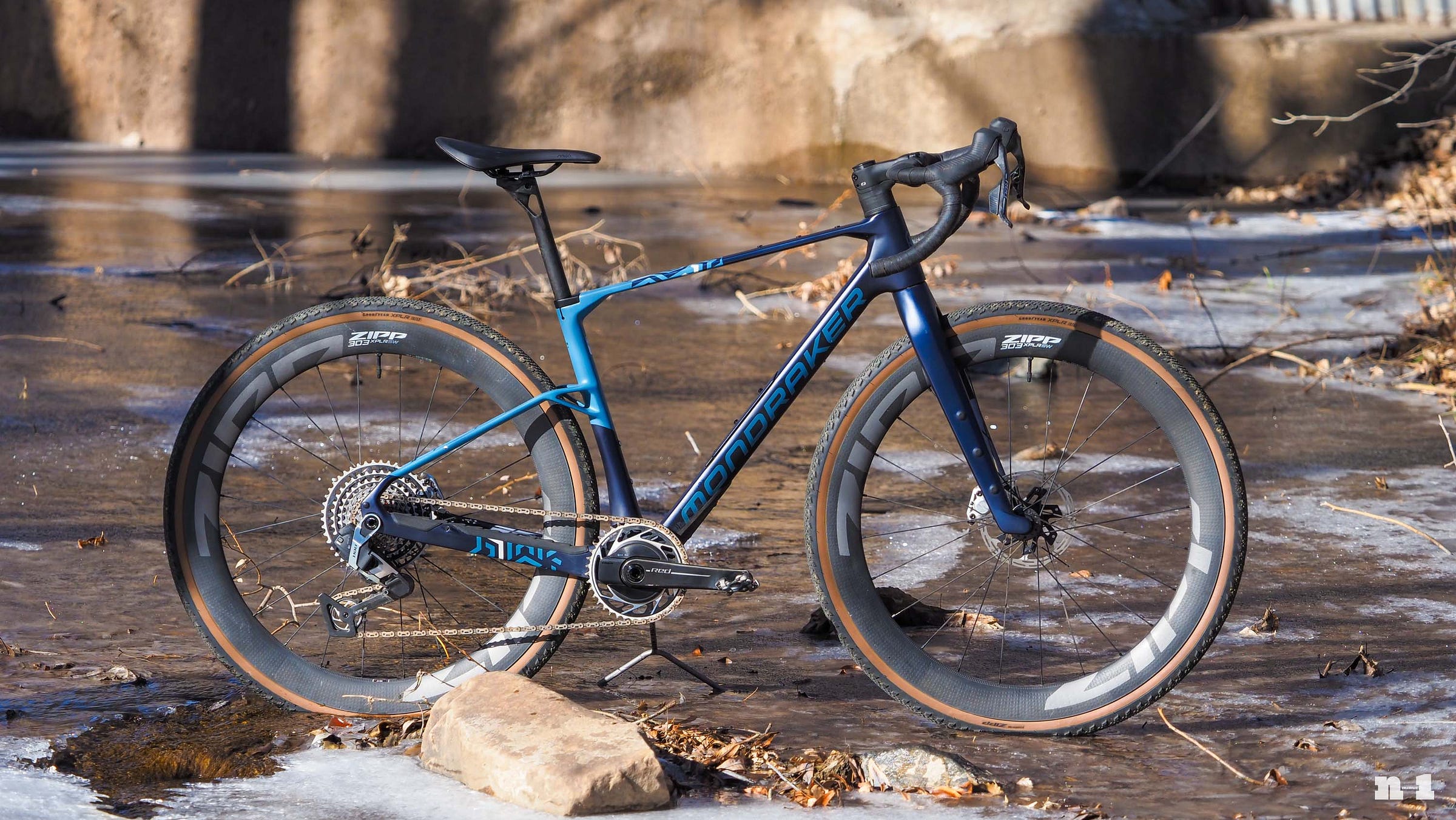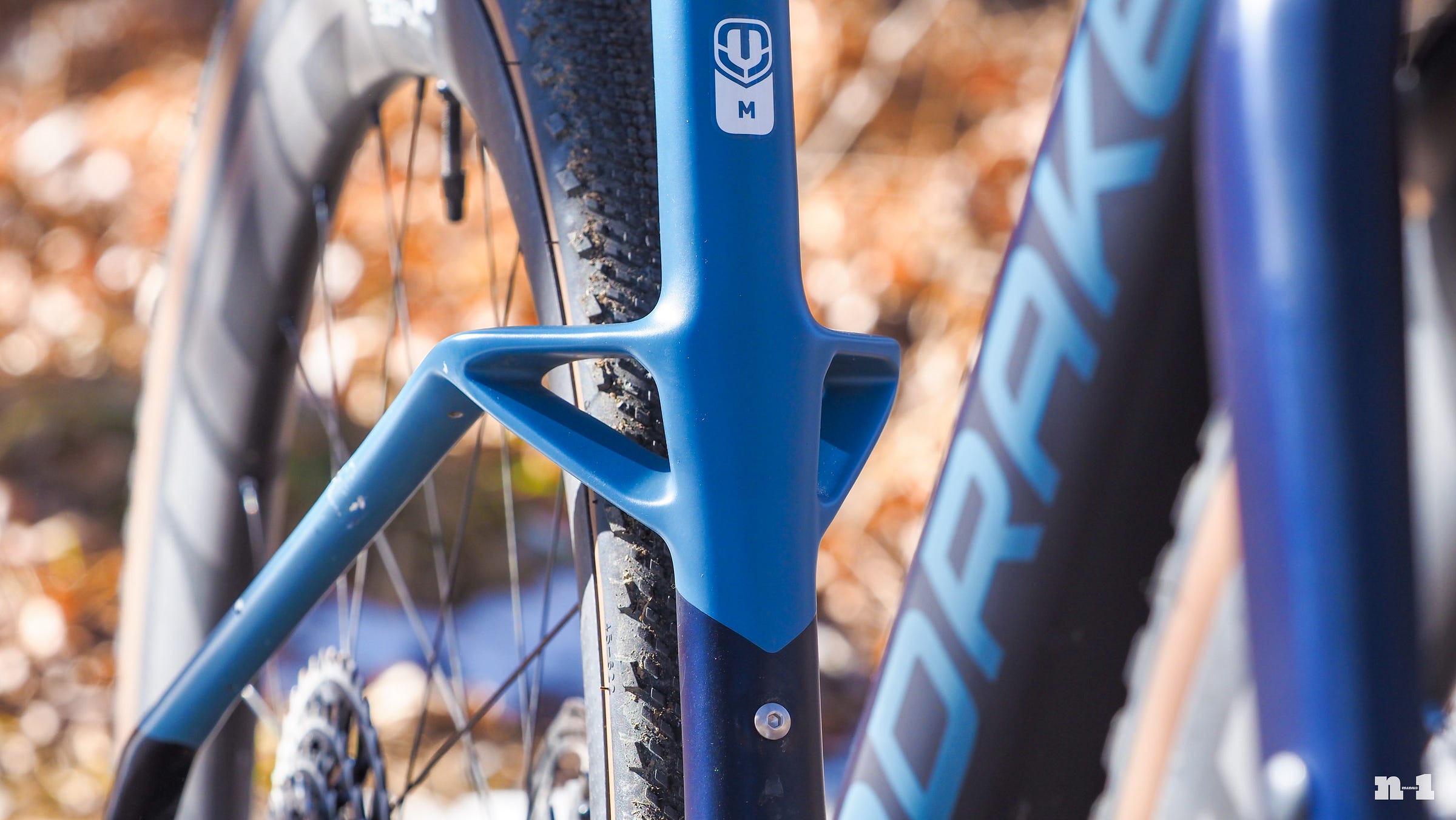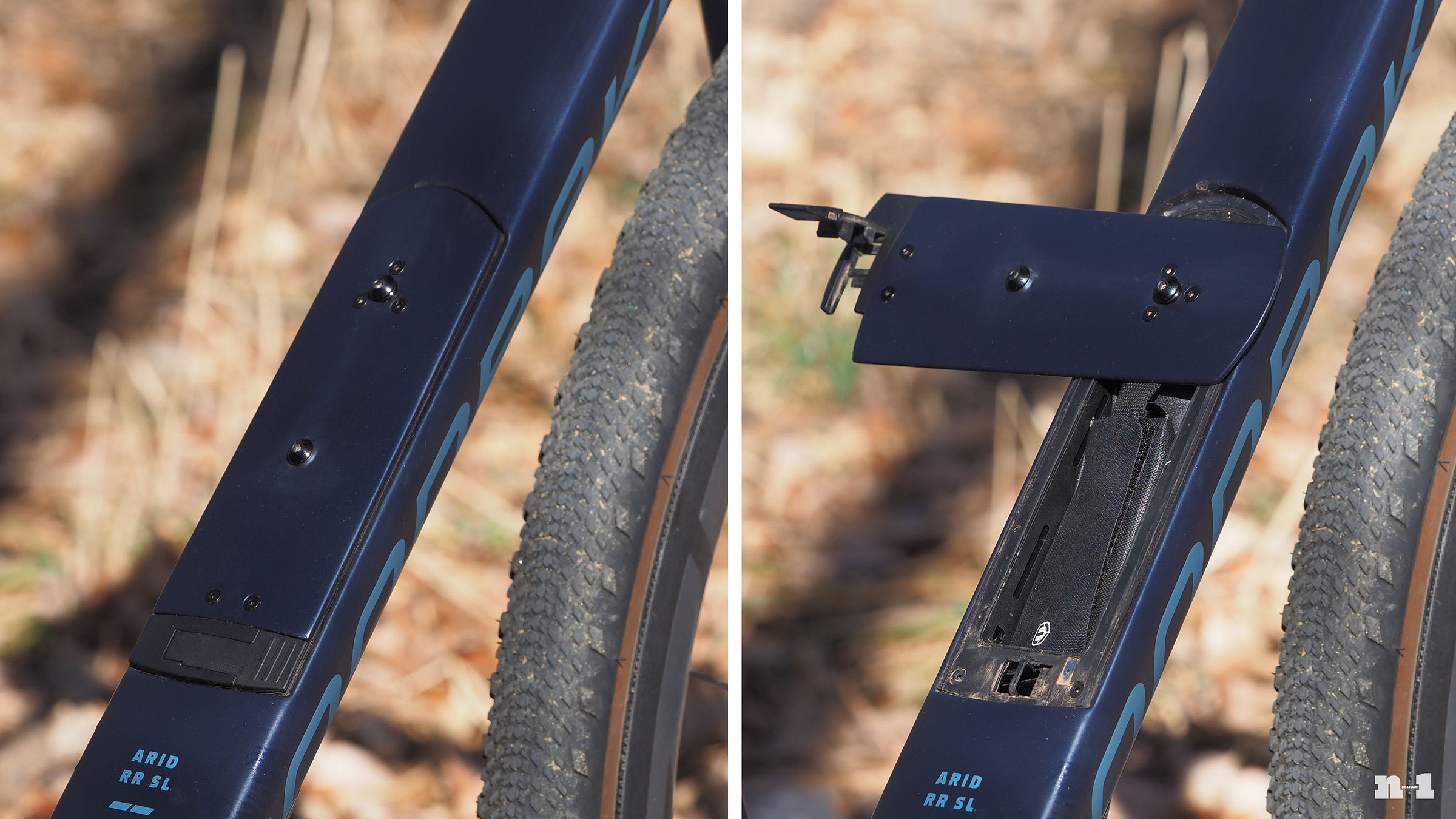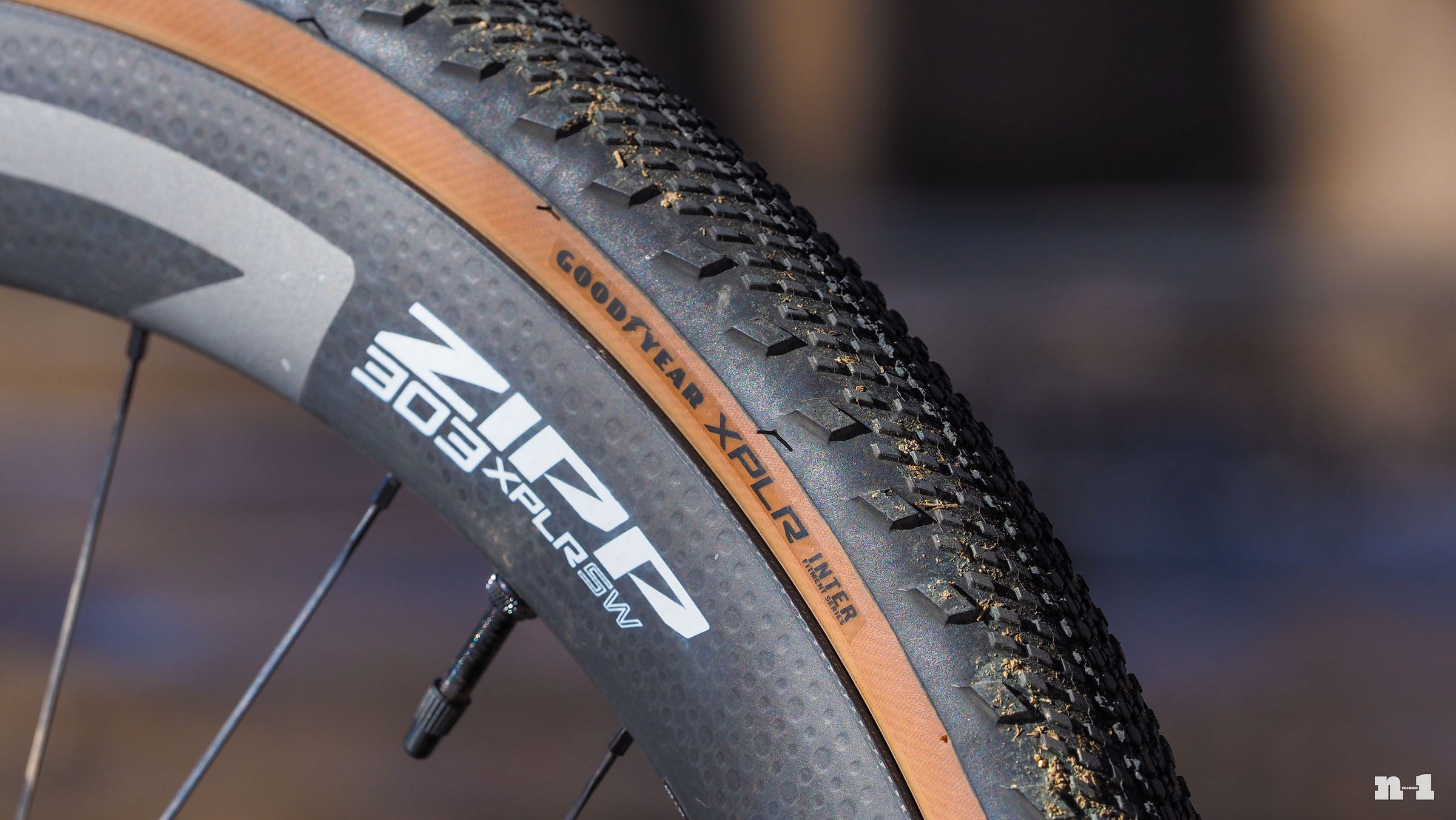Mondraker Arid Carbon gravel bike review: Fashionably late
Good performance and distinctive looks, but also a little disjointed.
Spanish brand Mondraker is best known as a specialist in mountain bikes – and e-MTBs in particular – but after dipping its toe into the gravel waters with the Dusty XR e-gravel bike last year, it’s finally launched a proper gravel model in the new Arid Carbon. Mondraker brings some fresh thought to the segment (and certainly a distinctive look), but in attempting to have one bike satisfy the entirety of the broad gravel spectrum, I wonder if a more targeted approach might have made more sense.
Pros: Super snappy under power, excellent rear-end ride comfort, very good tire clearance, distinctive aesthetics, handy internal storage, lots of mounts, approachable handling.
Cons: Personality feels a little disjointed, some odd spec choices, could (should?) be lighter, rough-riding front end, seatstays are needlessly wide.
The takeaway: Perfect for the gravel rider that doesn’t have specific needs, but is specifically looking for something different.
Letting the dust settle
Can you believe it’s been seven years since Trek debuted its original Checkpoint? It was one of the first full-range offerings from a mainstream brand into what was then a relatively nascent (and somewhat amorphous) segment, and it’s interesting to look back at how much has changed in such a short period of time.
Gravel riding has certainly grown in the years since that introduction, to the point where Trek’s collection of gravel bikes has now split into two separate lines. The Checkpoint remains the brand’s more all-purpose gravel machine, with generous tire clearance (up to 700x50 mm), a more relaxed geometry, lots of mounts, and a general emphasis on versatility and capability. On the other side, you’ve got the newer Checkmate with tighter-and-quicker handling, slightly more restricted tire clearance, aero cues, and a keener focus on going fast.
So what if you’re Mondraker and coming to the gravel party pretty late, but still wanting to make a splash? Rather than launch with a broad range and multiple bikes, Mondraker is hoping the new Arid Carbon is enough to satisfy everyone.
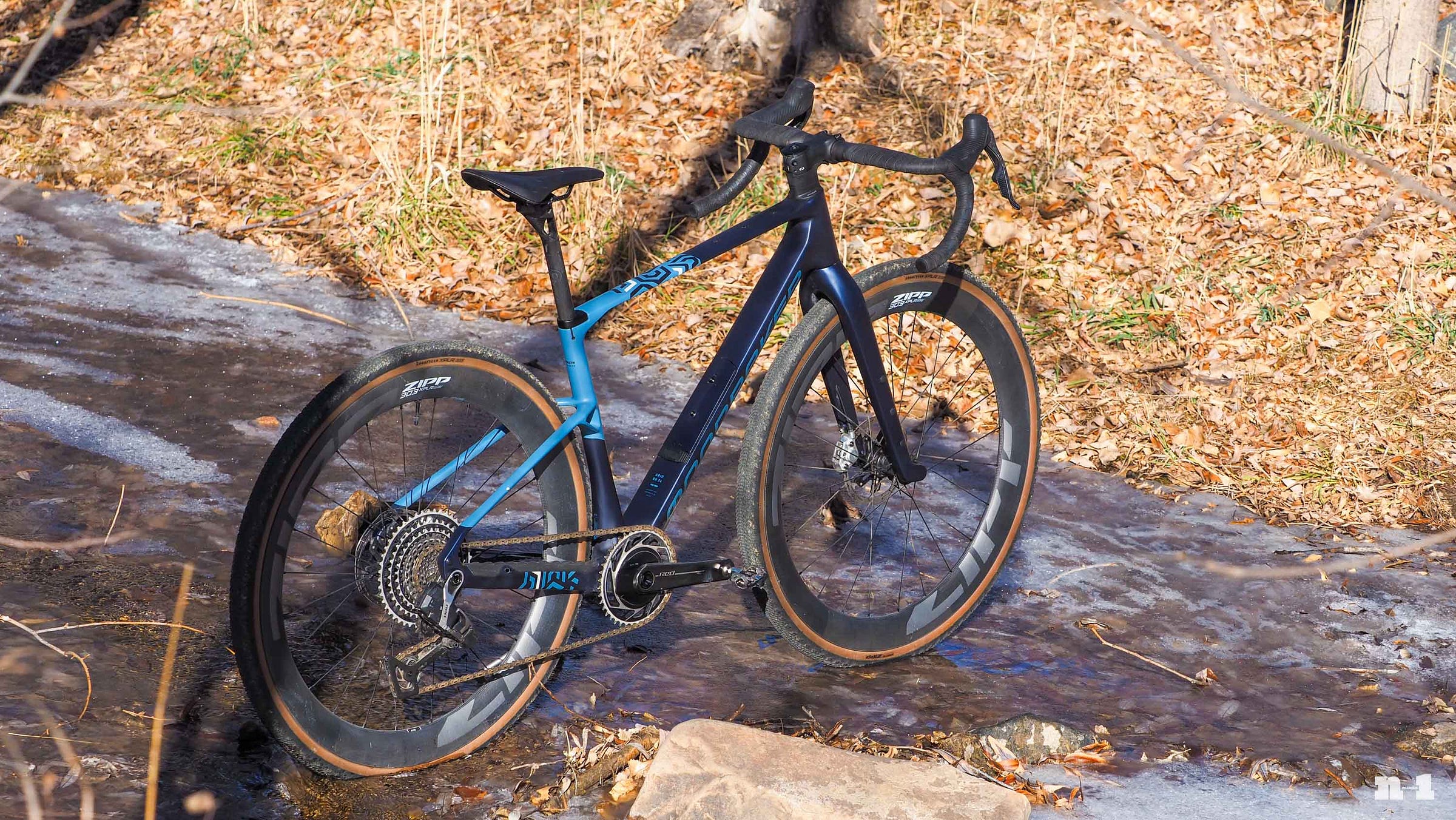
“The new Mondraker Arid Carbon is the perfect ride, whatever your idea of gravel,” reads the press brief. But is it a go-fast gravel bike or a more MTB-inspired one?
Um, yes?
“Get out of the saddle,” reads another section of the presentation. “Pedal as hard as you can. Don’t look back. This thing is fast, we know.”
But there’s also this: “Riders have always adapted their bikes, based on many different factors, to be exactly what they want them to be. So that’s why, when designing the Arid Carbon, we kept in mind just how diverse our field of riders would be and likewise how varied their take on gravel would be. We specifically designed Arid Carbon to be able to adapt to just about anyone.”
Visually, the Arid clearly derives a lot from Mondraker’s well-established industrial design language. The top tube is ultra-flat, highly sloping, and very broad. The seatstay-to-seat tube intersection subtly mimics the lines of a rear suspension rocker link setup and echoes the little window you’d normally find behind the head tube of Mondraker mountain bikes. And the burly full-carbon rigid fork sports straight legs and offset dropouts like what you’d instead find on something with 150 mm of travel.
Those mountain bike roots also come through in the frame geometry. On paper, the Arid Carbon’s longer reach and slacker head tube angle might not seem to push the boundaries too much. For example, the 386 mm-long reach and 70° head tube angle of my medium-sized Arid Carbon RR SL loaner are 19 mm shorter and 0.5° slacker than my personal medium-sized Santa Cruz Stigmata. However, Mondraker’s sizing nomenclature is a bit misleading, as you could argue the M/L Arid is actually a closer match.
Looking at those numbers instead, the geometry is most definitely MTB-derived. The head tube angle is still the same 70°, but the reach extends all the way out to 411 mm – 1.5° slacker and 23 mm longer than a 54 cm Specialized Crux – all in a low-slung profile with a seat tube that’s still just 480 mm in length. Further emphasizing the new-school geometry, stock stems run from just 60-90 mm.
Interestingly, the obviously tall crown of the Arid Carbon’s burly-looking fork suggests it’s suspension corrected, and at 420 mm from axle to crown, it’s indeed longer than typical. However, that’s curiously still 7-15 mm shorter than a Fox 32 Taper-Cast or RockShox Rudy, even accounting for sag. I didn’t install a suspension fork on to my test bike so I can’t comment firsthand on how the change would affect handling, but the discrepancy strikes me as a little odd regardless.
Playing both sides of the coin, Mondraker has clearly also designed the Arid Carbon to handle some big watts.
The frame doesn’t make any concessions to aerodynamics, but stiffness is an obvious priority. The down tube and chainstays are conspicuously big to resist both twisting and bending, and the bottom bracket area is positively enormous. Somewhat surprisingly given the brand doesn’t even do this on its full-blown XC racing models, cabling on the Arid Carbon is routed through the headset. Somewhere inside Mondraker, someone decided – perhaps rightfully – that level of cleanliness was a must-have for the drop-bar crowd.
On the plus side, hiding the lines does make it easier to attach a bar bag, and Mondraker at least doesn’t run anything internally through the stem or handlebars so they’re easier to swap if/when needed. Small victories.
There are some nods to comfort on the Arid Carbon, too. The aggressively sloping top tube leaves a ton of exposed seatpost to flex on bumps, and while the triangulated bracing at the seat tube doesn’t seem like it’d promote a lot of movement, Mondraker insists they behave like little leaf springs and flex points.
Leaving no stone unturned, the Arid Carbon even has a whole bunch of accessory mounts, including spots for three water bottles (with one on the underside of the armored down tube), a top tube feed bag, front and rear fenders, and three-packs on each fork blade. There’s also built-in frame storage with a series of custom bags that fill the entire down tube.
Aside from that headset cable routing, Arid Carbon doesn’t seem like it’d be a complete nightmare to work on, either. The seatpost is round and has a completely normal 27.2 mm diameter, and it’s secured with an external aluminum clamp. Down below is a T47 threaded bottom bracket shell, the internal routing isn’t guided but is at least secured inside the down tube, and the UDH-compatible rear dropout leaves plenty of options for drivetrains – mechanical setups included, though only for 1x cranks.
Claimed frame weight is 1,250 g for a medium size, with the fork adding another 600 g (with axle).
Mondraker loaned me the flagship Arid Carbon RR SL model, equipped with SRAM’s latest Red AXS XPLR 1x13 wireless electronic groupset (including a crank-based power meter), Zipp’s ultra-wide 303 XPLR SW aero carbon wheels, 45 mm-wide Goodyear XPLR Inter tires, a Fizik Vento Argo 00 Carbon saddle, and a smattering of Mondraker house-brand carbon fiber and aluminum finishing kit.
Actual weight is an impressive 8.36 kg (18.43 lb) for a medium size without parts or accessories, and – all things considered – retail price isn’t actually all that bad at US$9,800 / £8,500 / €9,500 (€8,000 in Portugal!). Aussie pricing is TBC.
Putting rubber to dirt
The Mondraker Arid Carbon is one of the more interesting gravel bikes I’ve tested in recent memory, so buckle up and grab yourself that second mug of coffee because there’s a lot to talk about with this one.
Keep reading with a 7-day free trial
Subscribe to n-1 to keep reading this post and get 7 days of free access to the full post archives.





